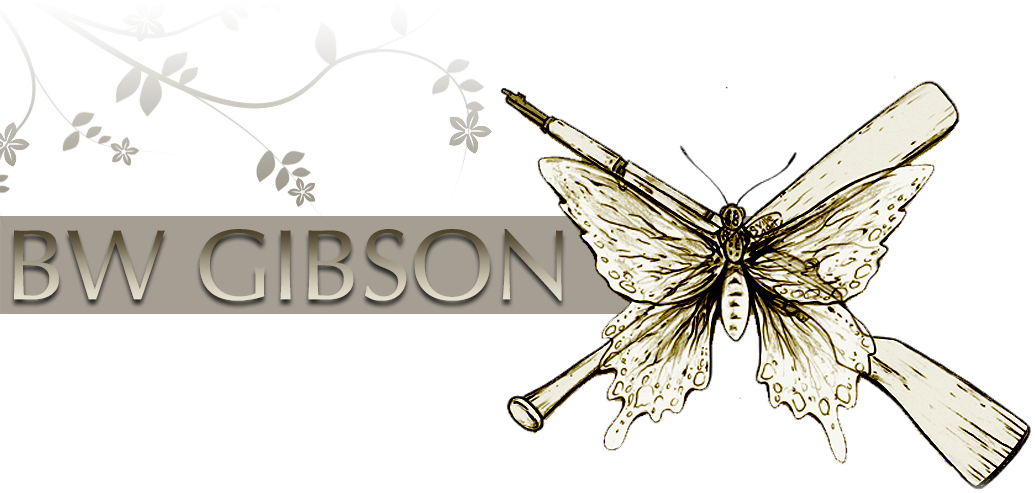I am pumped to be able to talk about a topic that is so important to the success of a writer’s novel. Defining your target market is the most important first step for an author. It’s also one of the most difficult. It involves an understanding of who is your ideal reader (notice I have not puralized ‘reader’).
First start with asking yourself: What is the genre of the story you wish to tell? This is should be simple as most stories typically fall into one bucket. For example, the Extra Innings trilogy is Historical Fiction. Other book genres include:
- Science Fiction
- Fantasy
- Drama
- Romance
- Mystery
- Horror
- Children’s
- Biographies
- Poetry
- How To/Self-Help
- Cookbooks
- Comic Books (which is what I grew up mostly reading)
- Travel
- Religion
- Art History
- Science (I think you get the point)
On an interesting side note, publishing houses consider trilogies to be a genre of their own. I, however, disagree. It’s sort of like a journal or diary where an author’s fictional or non-fictional work is told with a certain style or platform. Styles would be first person, second or third person narrative style. Platform is the mode in which the story is packaged (ie. journal entries, a single novel, a series or a trilogy).
So anyway, let’s get back to defining your story’s target market. Among the authors I have researched, are are the Top 2 Mistakes being made with their Target Market:
#1 Mistake is NOT defining a target market.
#2 Mistake is not defining a CLEAR target market
Believe, this occurs quite often with new authors. They have an interesting concept for a story and they may have even completed storyboards or an outline of each chapter and the may have created all their characters and even given them al names. But if you don’t know specifically who you are targeting this story, these chapters and these characters to you will run into a multiple difficulties when it comes to fine-tuning the details of the story and even more difficulties when it comes to marketing your finished product.
So we are going to solve the #1 problem now by accepting that you MUST define your target market. Now that we’ve gotten that out o the way, let’s move onto #2.
Defining a clear target market can quite frankly be a real pain. I, personally, really struggled with this because, like most new authors, I was in love with my book and truly believed that EVERYONE would love it too. However, that is simply not the case. Sorry fellow authors! But your ideal reader (meaning the customers that help you the most to get the word spread with positive feedback) is a specific niche of individuals that you need to identify. Focusing on them will not only save you time but also save you money instead of marketing to groups of people with other interests. I also want to point out that when you are trying to define this target market, disregard “friends and family” as a target group. Your friends and family will (most likely) support you.
When deciding your target market there are two general families of consumer groups you want to research.
- Demographics
- Psychographics
In order to answer what group your readers fall into, you must identify 3 or 4 books similar to yours and identify the specific groups that are interested in that genre.
DEMOGRAPHIC GROUP: Age, Gender, Education, Social Class, Geographic Location and Occupation
PSYCHOGRAPHIC GROUPS: Special Interests, Activities/Hobbies, Occupation (I believe falls in both categories as some people are stuck working a job they have no interest in), Social Factors, Cultural Associations and Philosophical Beliefs.
For example, your research may show that your Target Market is Young Adults (which are people between the ages of 16 and 28), primarily females, who are in high school or at least high school educated in the United States. Primary interests include staying active, family-oriented, social disorganization in communities, social prejudice and environmental racism in America with a particular focus on the US Deep South.
Secondary Target Market could include family-oriented adults who grew up in the United States during the Cold War period with at least a high school education.
Identifying the demographic and psychographic groups in which a typical fan of your book’s genre will gain you faster and more productive results when you go to market your book.
Once you have mastered this, I also advise tracking all feedback you receive on Amazon, Barnes and Noble, Goodreads.com as well as your own website. Reach out to your first batch of responding, liking and sharing with your followers via Twitter, Facebook, Pinterest, Google+, or email and conduct some deeper research.
Collect this data and then get out your microscope. This is where you are truly going to be able to define your customer. This is called consumer segmentation. We can get more into this in future blogs, but I will say that understanding your consumer segments will help you to fine-tune your next book. It’s that fine-tuning that produce a story that appeals directly to your existing fans and that’s when they will really start to spread the word and your legacy will begin.
Best of Luck to you all!
B.W. Gibson
Author of Extra Innings: The Diamond Thieves (Book 1 of the Extra Innings trilogy)

No Comments